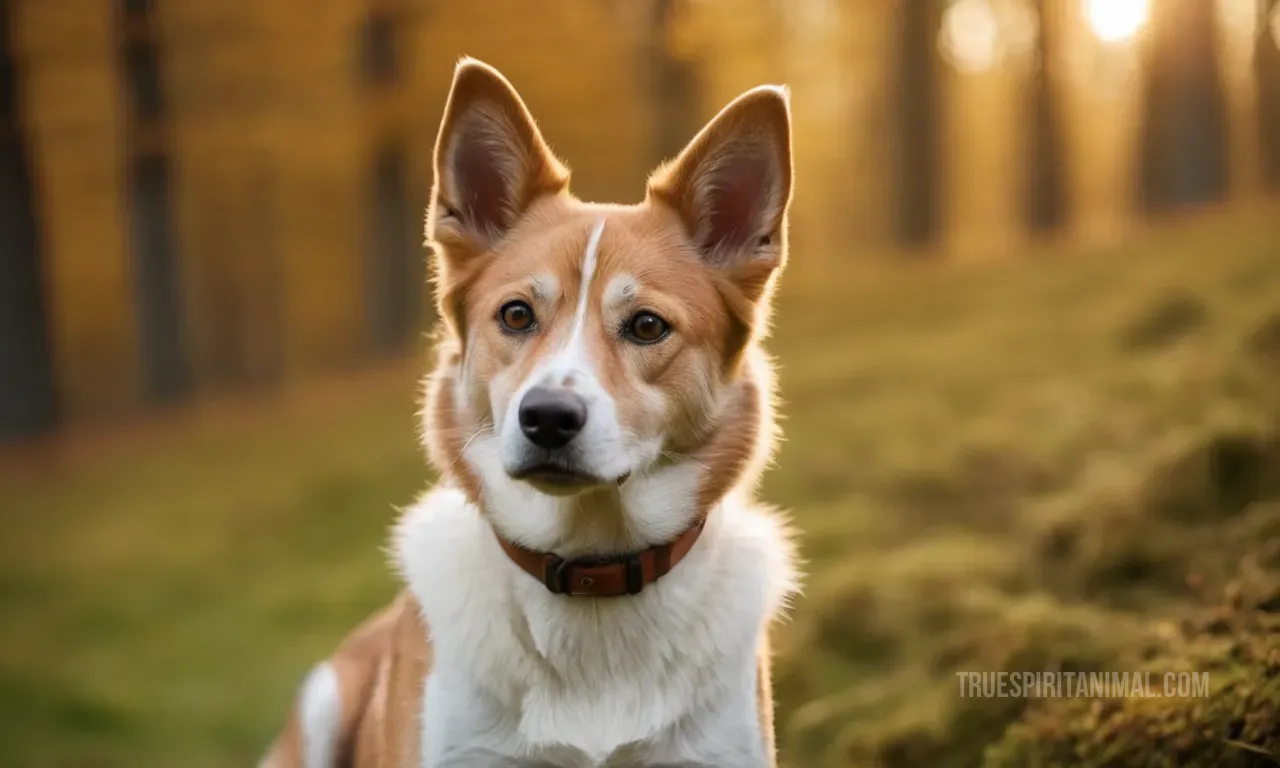Norwegian Lundehund Symbolism and Meaning

The Norwegian Lundehund is a unique breed of dog that has captured the hearts of many with its distinctive appearance, versatile skills, and rich history. This small, agile, and intelligent breed has been an essential part of Scandinavian culture for centuries, serving various purposes such as hunting, herding, and even saving lives in treacherous conditions. The dog’s symbolism goes beyond its physical attributes; it represents adaptability, resilience, and loyalty. This article delves into the Norwegian Lundehund’s symbolic meaning and how it has been a significant part of Scandinavian culture throughout history.
Introduction
The Norwegian Lundehund is a breed that dates back to the 17th century, originating from the remote islands of Norway. Known for its unique six-toed paws and flexible spine, this dog has been an essential part of Scandinavian culture and folklore. Its symbolism extends beyond just being a pet; it represents adaptability, resilience, and loyalty. This article will explore the Norwegian Lundehund’s symbolic meaning and how it has become a symbol of strength and perseverance in the face of adversity.
The Six-Toed Paws: A Symbol of Adaptability
One of the most striking features of the Norwegian Lundehund is its six toes on each paw, which allows them to navigate rocky terrains with ease. This unique trait symbolizes adaptability and versatility. The dog’s ability to thrive in challenging environments showcases their resilience and flexibility, making them a perfect companion for hunters and fishermen who needed assistance in the harsh Norwegian climate. Their six toes provide excellent traction on slippery rocks, enabling them to climb cliffs and navigate steep terrains with ease. This feature is not only practical but also symbolizes adaptability to various situations. It signifies the breed’s ability to adjust to different environments and challenges life throws at them. The Lundehund’s six-toed paws represent overcoming obstacles, adapting to change, and embracing new experiences.
Flexible Spine: A Symbol of Resilience
The Norwegian Lundehund has a flexible spine that allows it to twist its neck 180 degrees, making them exceptional climbers. This feature is not only useful for hunting puffins but also symbolizes resilience and adaptability in the face of adversity. The dog’s ability to bend its neck represents flexibility and strength under pressure. It signifies that no matter what life throws at you, you can always find a way around it. This breed’s spine is a testament to their resilience and determination, making them a symbol of perseverance in the face of adversity.
Loyalty: A Symbol of Trust and Devotion
Lundehunds are known for their loyalty and dedication towards their owners. They form strong bonds with their families, which is evident in their protective nature. This breed’s symbolism extends beyond physical traits; it represents trustworthiness and devotion. Their unwavering loyalty to their human companions is a testament to the bond between humans and animals. The Lundehund’s loyalty signifies the importance of loyalty, friendship, and commitment in relationships.
Hunting Companions: A Symbol of Skill and Teamwork
Lundehunds were historically used for hunting puffins, a challenging task requiring teamwork and skill. Their role as skilled hunters symbolizes the significance of collaboration and cooperation. They worked alongside humans to achieve common goals, emphasizing the importance of unity and working together towards success. This breed’s hunting skills represent teamwork and dedication in achieving shared objectives.
Conclusion
The Norwegian Lundehund is more than just a pet; it represents adaptability, resilience, loyalty, and teamwork. Its unique features have made it an integral part of Scandinavian culture. The breed’s symbolism goes beyond its physical attributes, reflecting values like adaptability, resilience, loyalty, and dedication. This small dog breed has left a lasting impact on Norwegian history and continues to be cherished for its unique traits and symbolic meanings.





